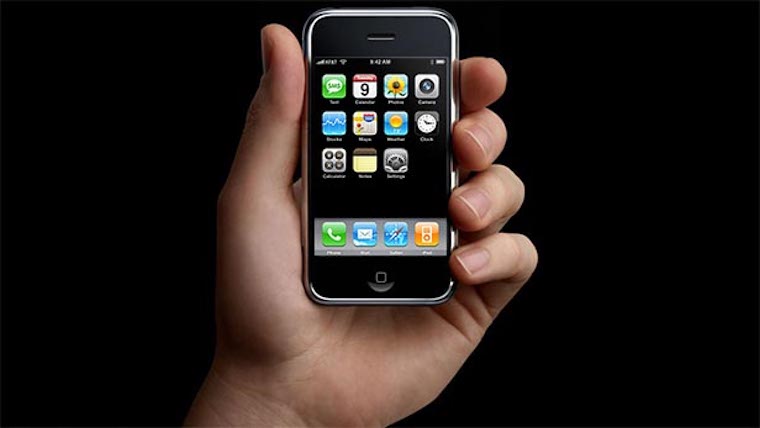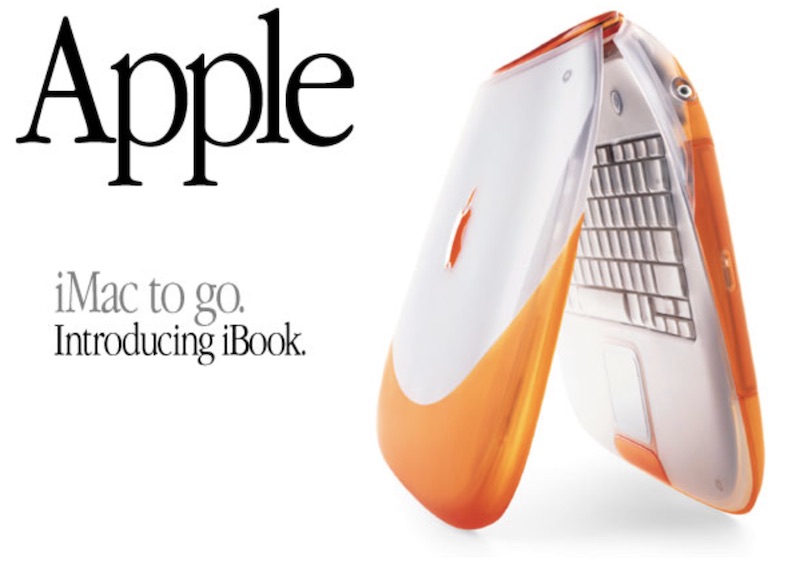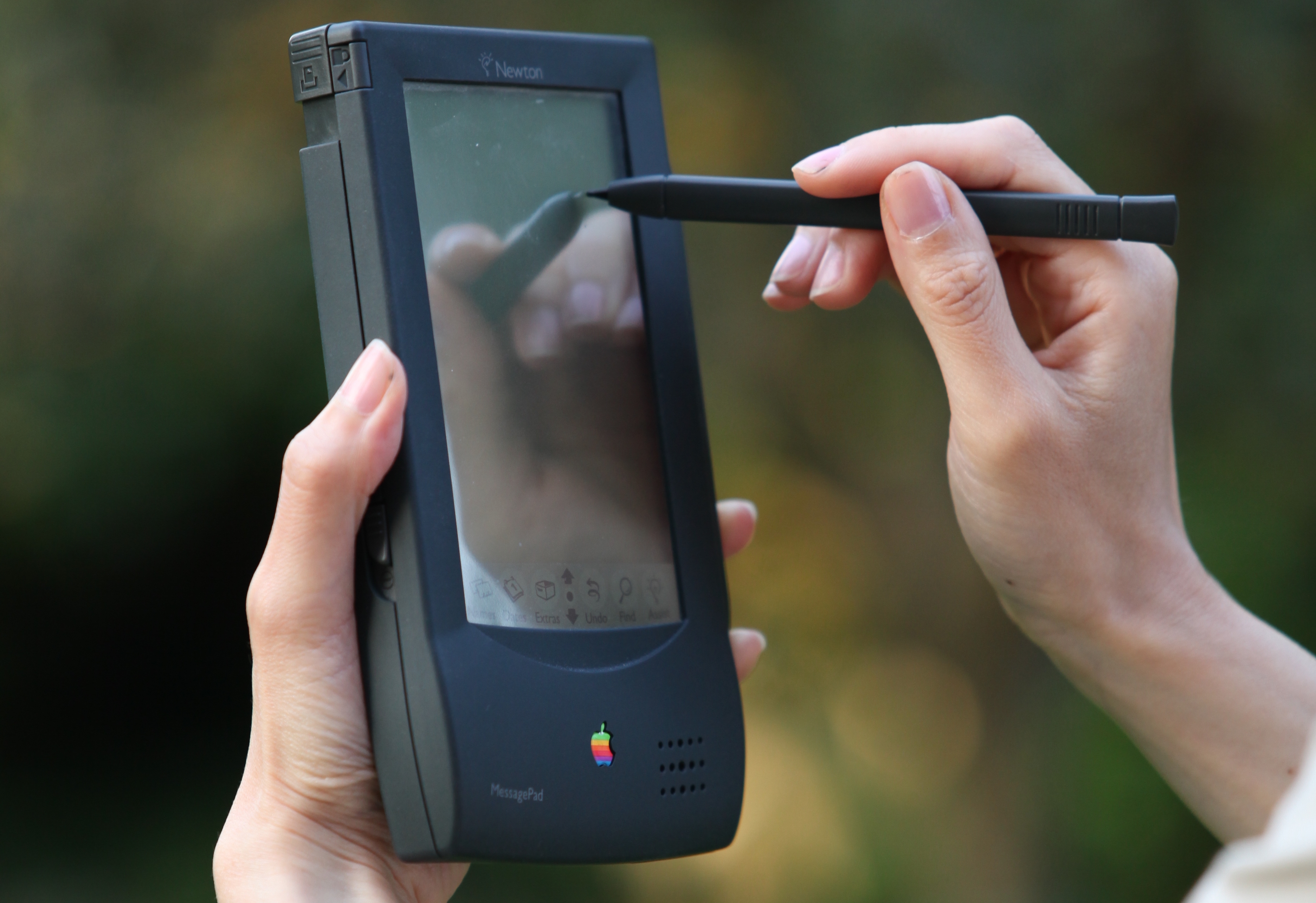The return of Steve Jobs to Apple during the second half of the nineties was fundamental in many ways, and it also brought with it a lot of changes. These changes included, among other things, Jobs deciding to put the Newton product line on hold for good. This happened relatively not long after the entire division, specialized in apple PDAs, counted on constant growth and a gradual future transformation into an independent unit.
It could be interest you

Apple launched its Newton personal digital assistants (PDAs) in 1993, when Jobs was out of the company after losing a board battle with CEO John Sculley. Newton was ahead of its time and offered a number of revolutionary features including handwriting recognition and other advanced technologies. Moreover, this product line appeared at a time when the mobility of electronic devices was definitely not a common thing.
Unfortunately, the first versions of Newton did not bring the results that Apple had hoped for, which had a significant impact on Apple's reputation. However, during the first half of the 90s, Apple managed to eliminate many of the initial problems of this product line. Among other things, the NewtonOS 2.0 operating system was responsible for this, which managed to solve a number of problems with the handwriting recognition function that plagued older models of the Newton product line.
The March 2000 Newton MessagePad 1997 was the best Newton yet and was warmly received by users and experts alike. Following it, Apple drew up plans to create its own Newton division. It was headed by Sandy Bennett, former vice president of Newton Systems Group. It was Bennett who announced in early August 1997 that the Newton Inc. will become "completely independent of Apple". With its own separate board of directors and company logo, the last step was to find a CEO and move to new offices in Santa Clara, California. The aim of the separate Newton brand was to specialize in PDAs together with the development of new relevant technologies. The members of the Newton division hoped for a bright future for the upcoming independent brand, but one thinks, and the returning Steve Jobs changes.
At the time when plans were being made to spin off the Newton division, Apple was not exactly doing the best twice. But the popularity of PDAs also began to decline, and even when it seemed that the Newton would cease to mean a loss for Apple, no one considered devices of this type to be promising in the long term. During his tenure at the company, former Apple CEO Gil Amelio tried to sell the technology on the cheap to every possible brand from Samsung to Sony. When everyone refused, Apple decided to spin off Newton as its own business. About 130 Apple employees transferred to the new company.
However, Steve Jobs did not agree with the plan to make Newton his own startup. He had no personal connection to the Newton brand and saw no reason to expend staff to support a product that sold only 4,5 to 150 units in 000 years on the shelves. On the other hand, Jobs' attention was caught by the eMate 300 with its rounded design, color display and integrated hardware keyboard, which was a kind of harbinger of the future highly successful iBook.
It could be interest you

The eMate 300 model was initially intended for the educational market and was one of Apple's most unique products at the time. Five days after Jobs told Newton executives not to bother moving to new offices, he also said that Apple would pull the product line back under its banner and focus on development and production of the eMate 300. Early the following year, Jobs told Newton his final goodbye, and efforts at Apple began to focus on the development of computers.


